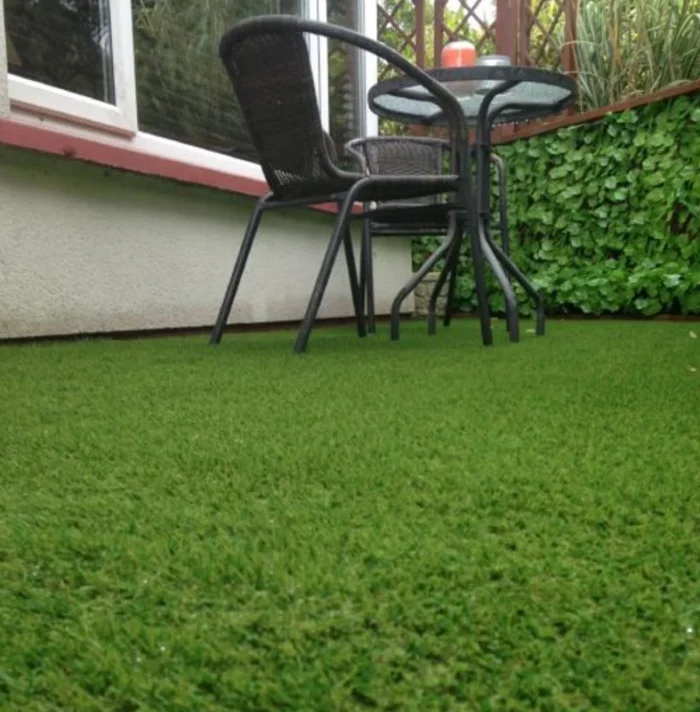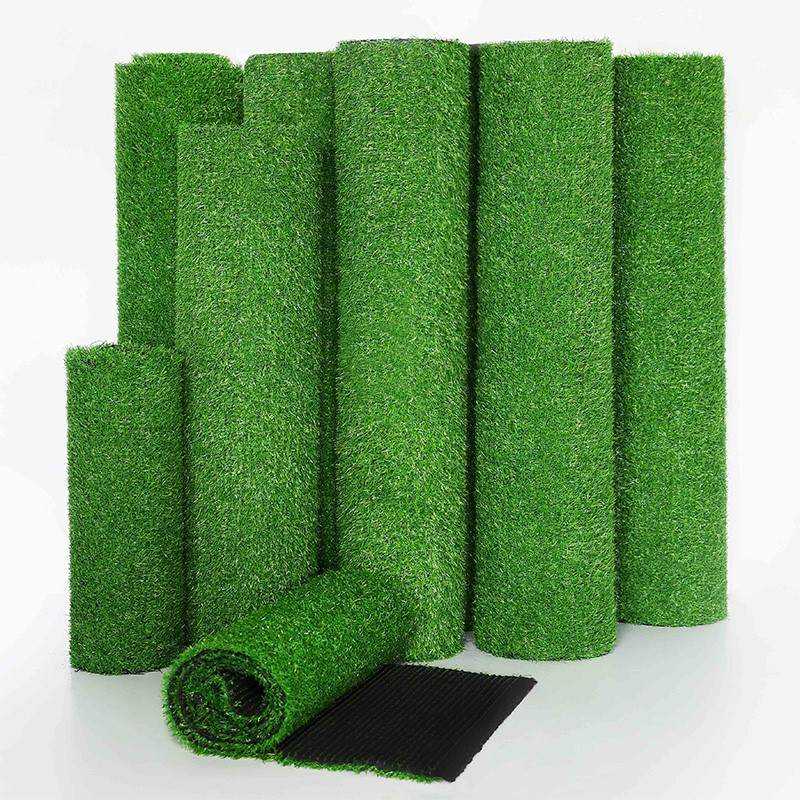
Artificial turf has both environmental advantages and drawbacks, and its overall eco-friendliness depends on various factors:
Advantages:
1. **Water Conservation:** Artificial turf doesn’t require watering, which conserves significant amounts of water, particularly in regions facing water scarcity or drought conditions.
2. **Reduced Chemical Usage:** Unlike natural grass, which often requires fertilizers and pesticides, artificial turf generally needs minimal chemical inputs, reducing the release of harmful substances into the environment.
3. **Lower Maintenance Requirements:** It doesn’t need mowing, which reduces emissions from lawn care equipment, such as lawnmowers.
Drawbacks:
1. **Resource Intensive Production:** The manufacturing process of artificial turf involves the use of non-renewable resources, such as petroleum-based materials, and the production can generate greenhouse gases.
2. **Limited Biodegradability:** When artificial turf reaches the end of its lifespan, disposing of it can be challenging as it’s not easily biodegradable. This raises concerns about its long-term environmental impact in landfills.
3. **Heat Retention:** Artificial turf tends to absorb and retain heat, contributing to the urban heat island effect in urban areas and potentially increasing local temperatures.
4. **Potential for Microplastic Pollution:** Wear and tear of artificial turf can result in microplastics being released into the environment, especially in situations where the turf is old or poorly maintained.
In conclusion, while artificial turf offers water savings and reduces chemical use compared to natural grass, its production process and disposal raise environmental concerns. When considering its use, it’s crucial to weigh both the benefits and drawbacks, considering the specific environmental context and management practices to minimize potential negative impacts.










